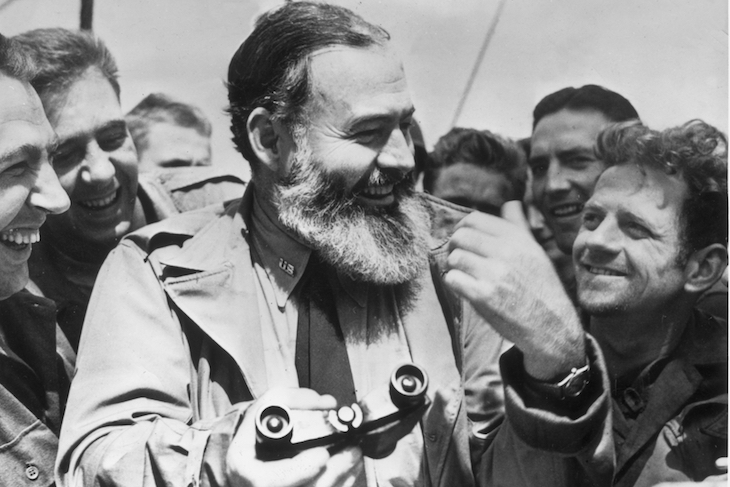In Havana, one week before President Obama unthawed half a century of cold relations with Cuba, I talked to the last fisherman to have known Ernest Hemingway. Oswald Carnero came from Cojimar — where the writer kept his boat, the Pilar — and was one of the villagers to whom Hemingway dedicated his Nobel Prize after publishing The Old Man and the Sea. Carnero had met him in 1950, aged 13. ‘He was bringing in a big marlin on his boat. He asked me if I could skin the fish.’
Thereafter Carnero sold Hemingway turtle flesh for soup and ran errands, scurrying back to the Pilar with bottles of White Horse, and going up to his house, the Finca Vigía. (‘Put your feet in the water,’ Hemingway told him, motioning at the pool, ‘Ava Gardener has just swum naked here.’)
Hemingway pumped Carnero for details of the Gulf Stream to incorporate in the film of The Old Man and the Sea, about an ageing Cuban fisherman who hooks a giant marlin. ‘I was in the movie. I had to row out in a boat and fish.’ Now aged 79, Carnero was banned even from stepping into a boat without a licence, in case he sailed 90 miles north to Miami — which, from the expression in his landlocked eyes, he felt a powerful tug to do.
Will Millard is a BBC documentary maker from the Fens who, like Carnero, has fished all his life. He takes the central drama behind Hemingway’s last novel as the motivation to continue the story from where Papa left off, but from the perspective of an English fresh-water angler. His giant marlin is a small sand-eel in Dorset which he hooks and then loses.








Comments
Join the debate for just £1 a month
Be part of the conversation with other Spectator readers by getting your first three months for £3.
UNLOCK ACCESS Just £1 a monthAlready a subscriber? Log in